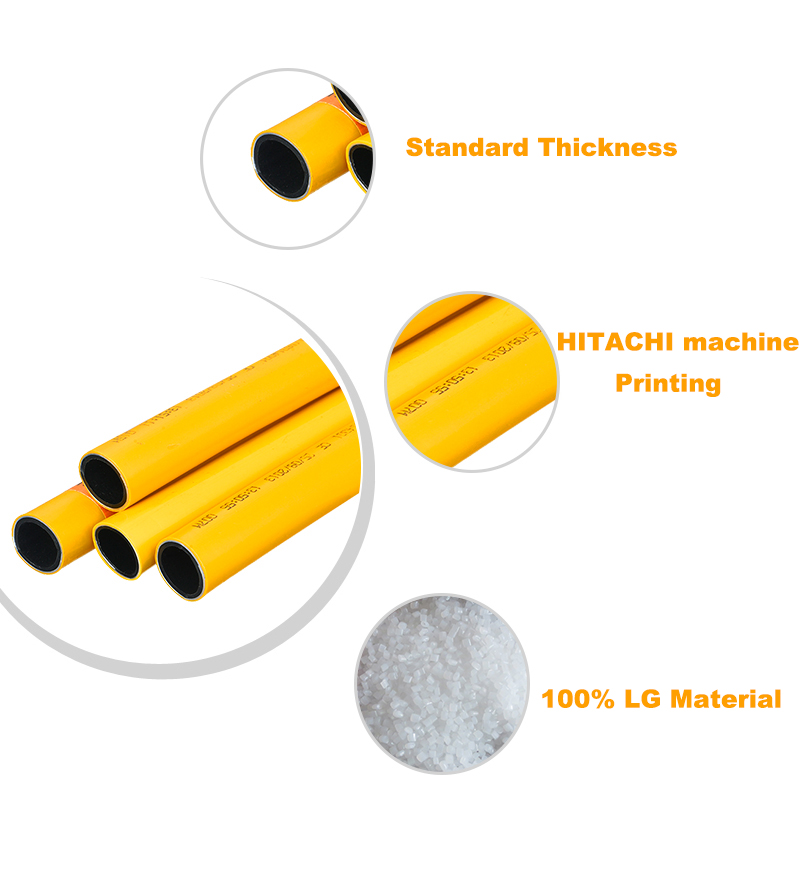When it comes to gas piping systems, particularly those in residential settings, one viable option is the use of PEX (cross-linked polyethylene) gas pipe. While PEX offers several benefits, such as its flexibility and ease of use, there are also many mistakes that can be made during the installation process. In order to ensure the safety and effectiveness of a gas piping system, it is crucial to avoid the following common mistakes when installing PEX gas pipe.
1.Choosing the Wrong Type of PEX Pipe
There are two main types of PEX gas pipe available: PEX-b and PEX-a. While both types are suitable for use in gas piping systems, they have different attributes that may make one more suitable than the other for a specific installation. For example, PEX-b is cheaper and more rigid, while PEX-a is more flexible and offers better resistance to creep. It is important to assess the needs of the specific installation and choose the appropriate type of PEX pipe.
2.Using the Wrong Fittings
The wrong type or size of fittings can cause leaks, blockages, and other problems in a gas piping system. It is important to choose fittings that are designed specifically for use with PEX gas pipe and that are compatible with the specific type and size of pipe that is being used.
3.Incorrectly Installing Fittings
Even if the correct fittings are used, they must be installed correctly to ensure a safe and effective gas piping system. Improper installation of fittings can lead to leaks and other problems. Fittings should be properly prepared, such as by deburring the ends of the pipe and smoothing out any rough edges.
4.Over/Under-Tightening of Fittings
Fittings must be tightened to the appropriate level based on the manufacturer’s recommendations. Over-tightening can cause damage and leaks, while under-tightening can result in an insecure connection that also risk leaking.
5.Improper Support of PEX Gas Pipe
PEX gas pipe must be properly supported to prevent movement or sagging. This can be achieved through the use of clips, brackets, and other supporting materials. Improper support can cause damage to the piping and its fittings
6.Allowing Debris into the Piping
It is crucial to prevent debris from entering the piping system, as this can cause blockages and damage. This can occur through improper installation of fittings or from debris present in the surrounding environment. Therefore, use of protective caps or plugs are necessary during installation.
7.Failure to Test the System
After installation, it is important to thoroughly test the gas piping system to ensure that it is free of leaks and capable of handling the required gas pressure. This can be achieved by performing a pressure test or a leak detection test.
By avoiding these common mistakes when installing PEX gas pipe, ensure a safe and effective gas piping system. Awareness of the specific needs and risks of each individual installation can go a long way in avoiding these mistakes and achieving optimal performance.
View more:https://www.ifanfittings.com/


